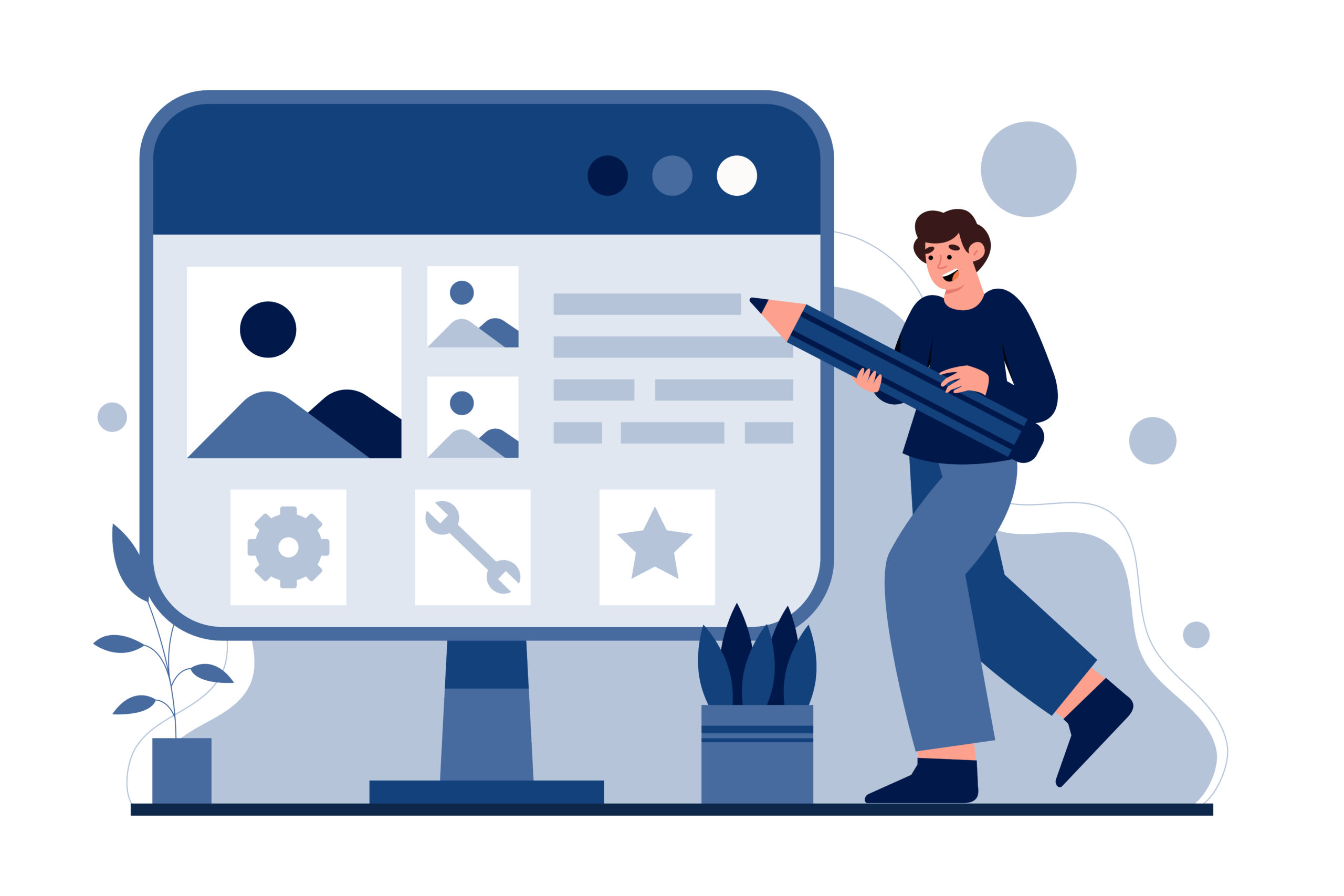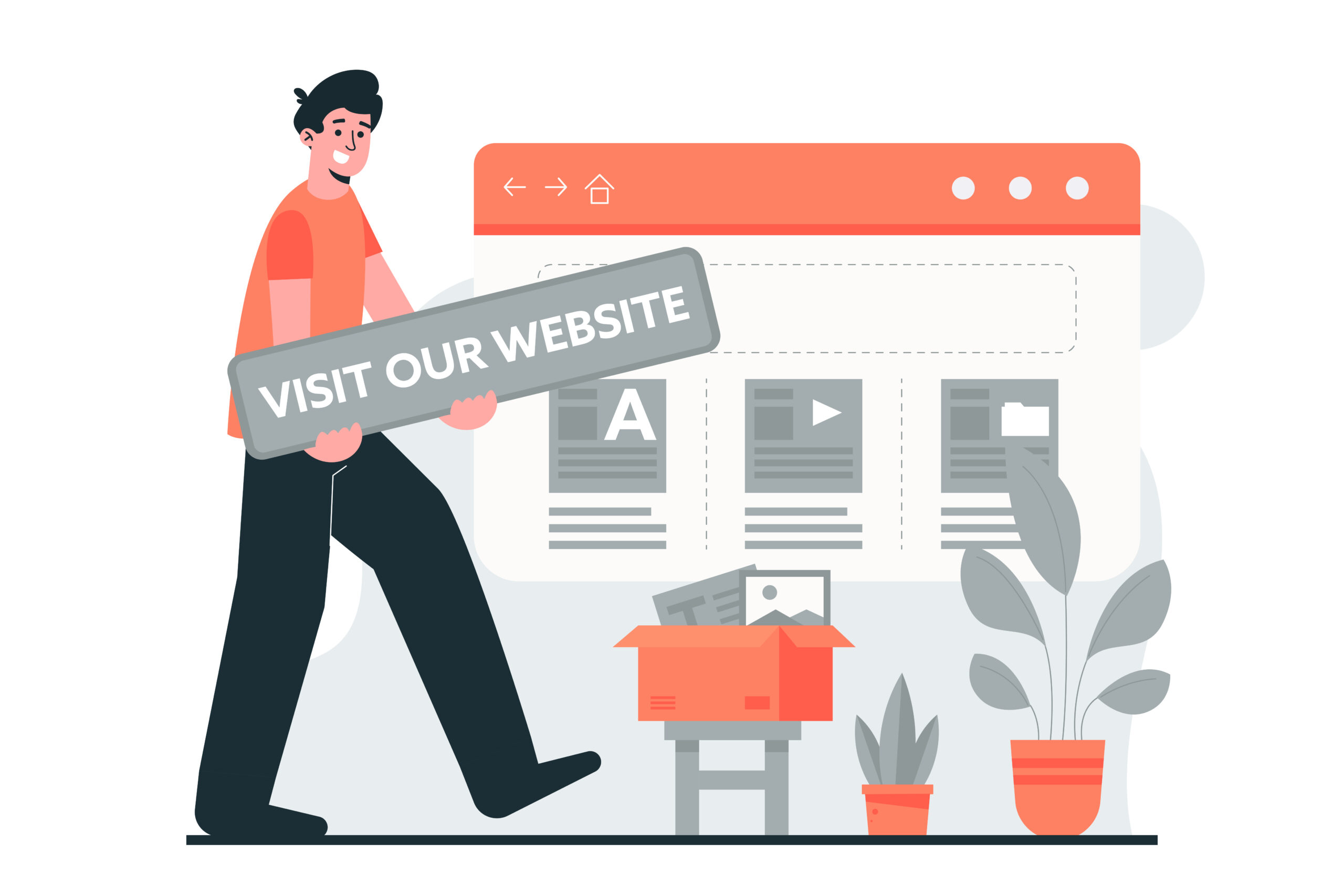
Service
Visually Stunning, Functional & Responsive Websites
Crafting visually stunning, functional, and responsive websites requires a delicate balance between aesthetics and usability. Aesthetically pleasing designs can captivate users and convey brand identity effectively, but they must also prioritize functionality to ensure a seamless user experience. By adhering to principles of visual design such as color theory, typography, and layout, web designers can create engaging websites that leave a lasting impression. Simultaneously, a focus on usability involves intuitive navigation, clear calls-to-action, and streamlined interaction flows, all of which contribute to user satisfaction and engagement.
Furthermore, responsive web design is essential in a time when people view websites on a variety of devices and screen sizes. By using flexible design strategies like media queries and fluid grids, websites may be made more accessible and user-friendly by smoothly adjusting to different viewing situations. Adopting this all-encompassing strategy allows designers to create websites that are visually stunning and work flawlessly on all platforms, giving users an engaging and enjoyable online experience.

- Experience and Expertise
- Customized Designs
- Transparency and Communication
- Reporting and Analytics

Website Flow Process
Wireframe Design
Wireframe design is a crucial early step in website development, creating simplified layouts outlining page structure and functionality. These grayscale blueprints focus on content hierarchy and navigation, enabling efficient collaboration and iteration.
01
Development
In website development, the process includes planning, design, development, testing, and deployment. Planning sets goals, design creates layouts, development involves coding, testing ensures functionality, and deployment launches the site live. Collaboration is key to meet objectives and user expectations.
02
Production
In website production, the process includes planning, design, development, testing, and deployment. Planning defines objectives and target audience, design visualizes layout and interface, development translates design into code, testing ensures functionality, and deployment launches the site live. Collaboration and adherence to best practices are key for success.